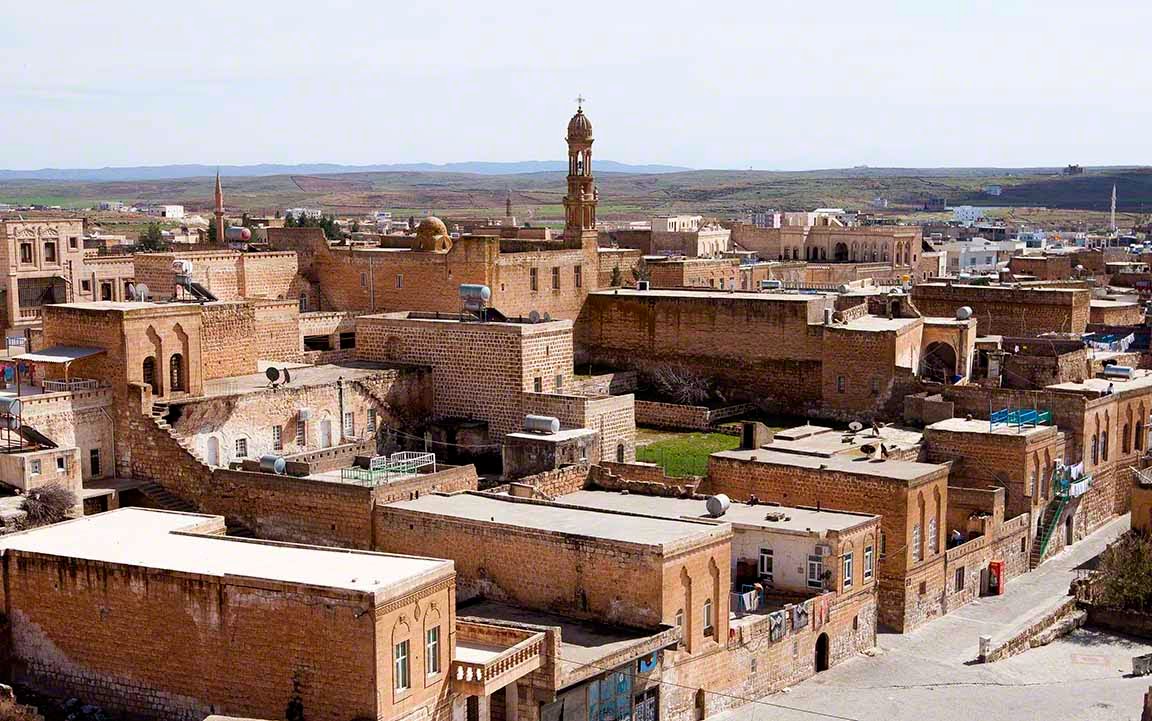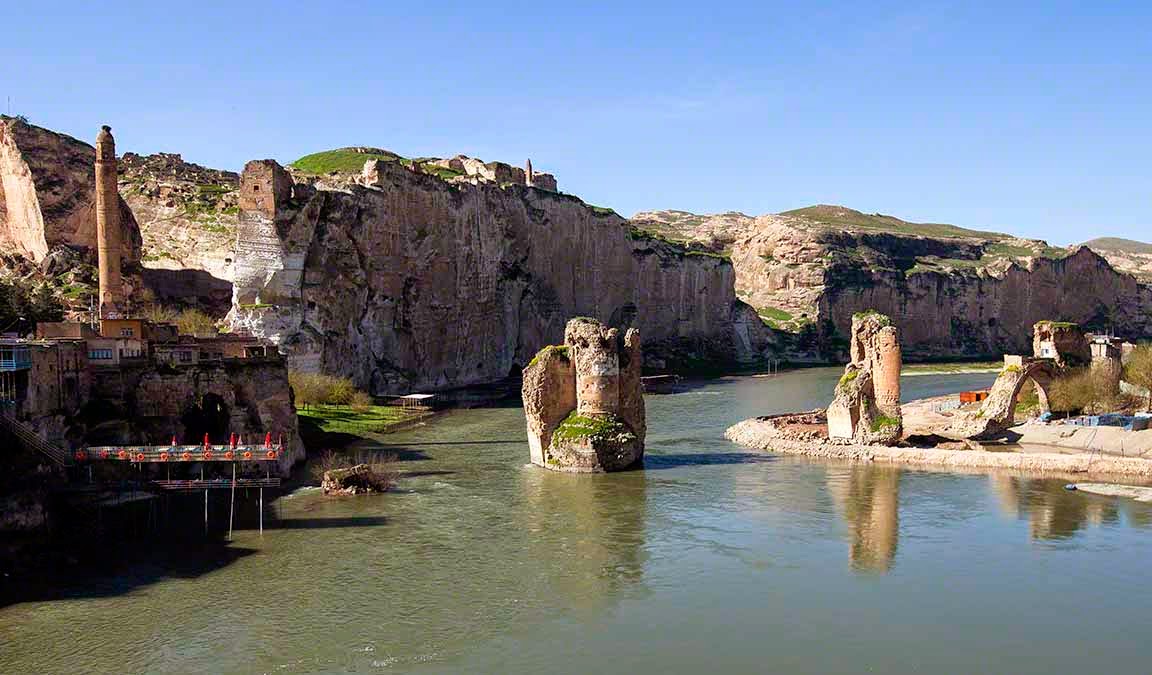Austria | Graz | Arch-Duke Ferdinand | Shambhala

As most of you know, 100 years ago today, June 29 1914 , Bosnian-Serb hothead Gabriel Princip assassinated Arch-Duke Ferdinand of Austria in the city of Sarajevo, touching off World War I. In 2002 I wandered over to Graz , in Austria , the birthplace Arch-Duke Ferdinand, and visited the townhouse where he was born and grew up. It is now a museum. Entrance (center) to Arch-Duke Ferdinand’s townhouse, now a museum I was in town for the Kalachakra Initiation performed by the 14th Dalai Lama . In connection with the Initiation the museum was holding a Buddhist-themed exhibit. The Inimitable Madame Blavatsky superimposed on an image of Kalapa, the capital of Shambhala, on display in the museum. You will recall that according to legend the Buddha taught the Kalachakra Tantra to Suchandra, the first King of Shambhala. If you are wondering, we are now living during the reign of Aniruddha, the 21st Kalkin King of Shambhala. Dharma-Wea...


